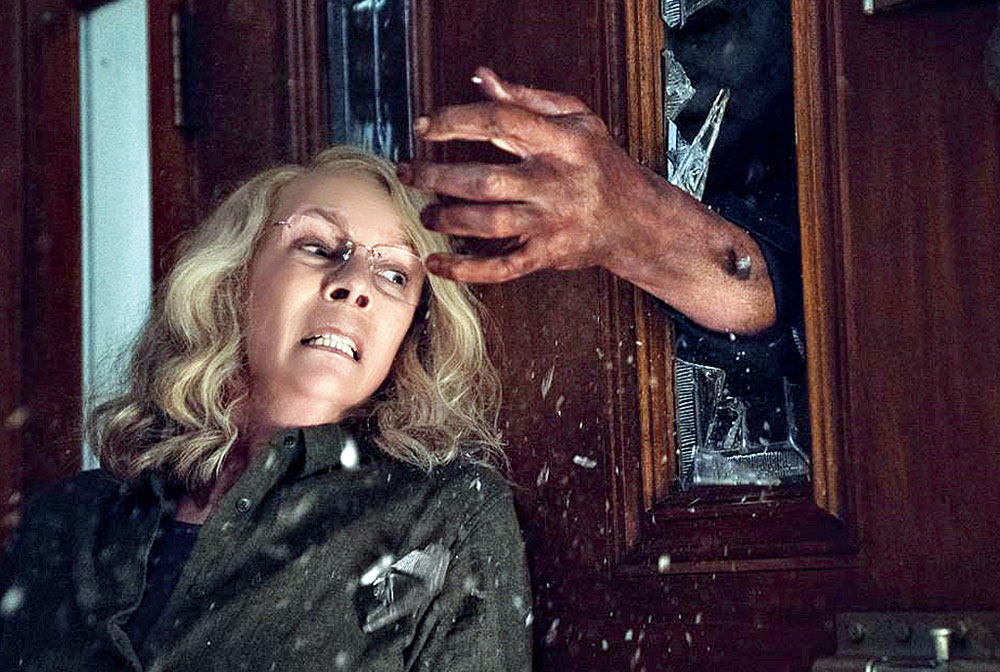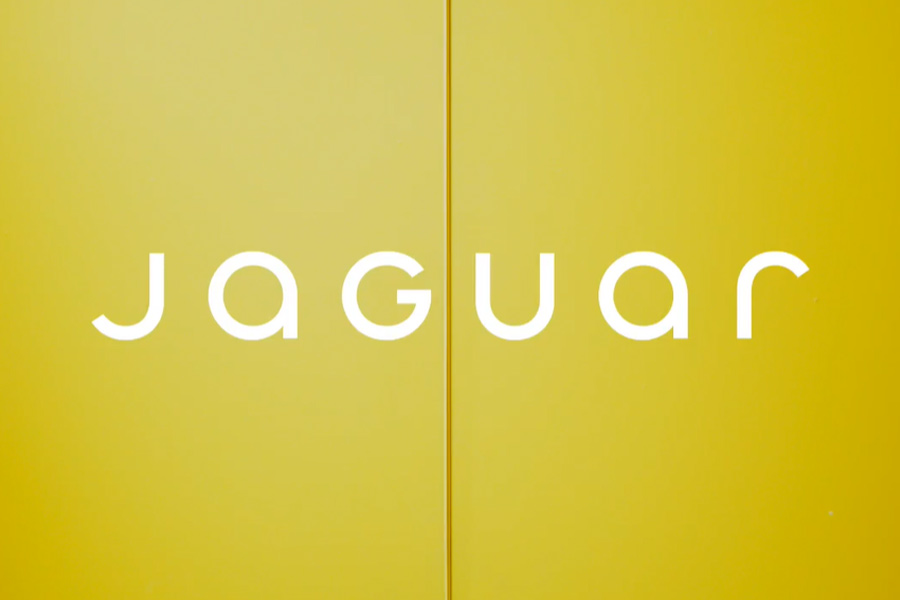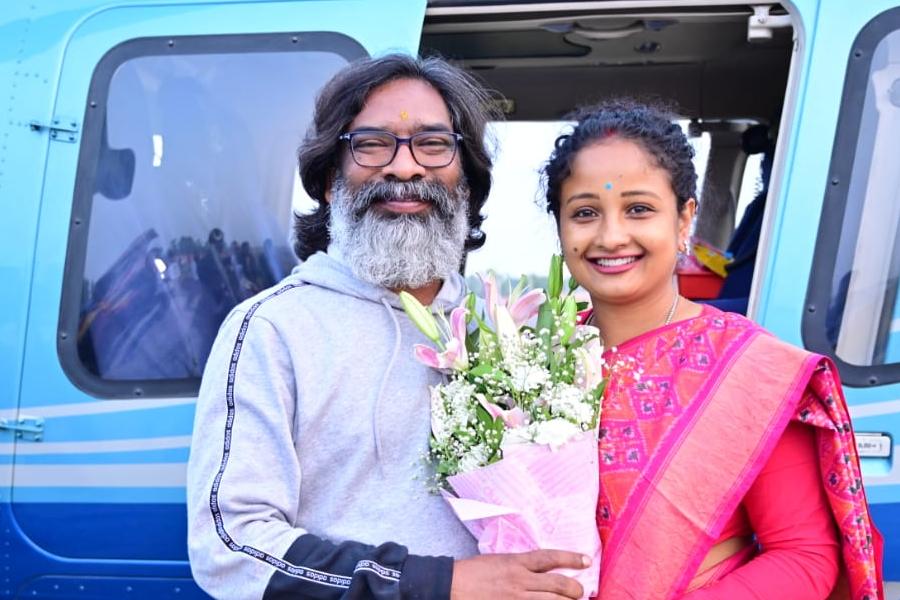It’s been four decades since Michael Myers and his fright mask first gave us the willies in John Carpenter’s Halloween, which makes him 61 — and, if David Gordon Green’s same-name sequel is to be believed, still in possession of a ramrod spine, pile-driver fists and non-arthritic knees. The meals at Smith’s Grove Sanitarium, where he’s been cooling his heels all these years, must be unusually nutritious.
On the other hand, Laurie Strode (Jamie Lee Curtis), the feisty Illinois babysitter who once eluded Michael’s stalk-and-slash spree, has aged more credibly than her nutjob nemesis. Now a grandmother and self-described basket case, Laurie has weathered two failed marriages and estrangement from her daughter, Karen (Judy Greer), who’s scarred by a childhood steeped in doomsday preparation. Eyes burning beneath a fluff of gray hair, Laurie lives in a fortresslike home with a hidey hole in the kitchen and gun cases in place of art, convinced that Michael will one day return for her. (She may be paranoid, but she’s no fool: When two true-crime-seeking English podcasters show up at her steel gates, she says little to help them and sends them packing.)
And return Michael does (played by James Jude Courtney, with a cameo by the originating actor, Nick Castle), escaping from a prison-transfer van on Halloween night and lumbering back to finish the job. At this point, Green (who wrote the script with Jeff Fradley and Danny McBride) makes a crucial decision. Brushing aside the mostly wan intervening attempts to resurrect Carpenter’s minimalist masterpiece, he has made a straight-up sequel, a rematch between heroine and villain. This isn’t a wisecracking, tongue-in-cheek picture: Green wants us to believe in his Bogeyman, and Curtis is his ace card. Leaving no room for winks or giggles, she makes Laurie’s long-festering terror the glue that holds the movie together.
And we need her, because otherwise the filmmakers have little but a conventional slasher movie sprinkled with memory triggers and callbacks to its source. The familiar voice of Donald Pleasence (actually a sound-alike), as Michael’s former psychiatrist, is heard on an audio tape, and iconic images — a slatted closet door; a hulking, streetlamp-lit figure — press our pleasure buttons. As does the familiar musical theme, goosing the action as fresh babysitters and randy boyfriends are imperiled, including Laurie’s granddaughter (Andi Matichak). But the body count is respectable, if unremarkable, by today’s standards: The original Halloween was never about volume.
Perhaps pandering to viewers who these days expect a higher yuck factor, this new iteration is more gruesome yet much less scary, its sleekness and efficiency poor substitutes for foreboding. Sorely missing are Carpenter’s moderation and patience, the restraint that turned simple shots of a darkened stairway and a hushed, leaf-lined street into dread-filled spaces. His Michael was both man and myth, particular and universal, psychopath and supernatural entity. There’s a reason he also appears in the credits as the Shape.
By sending Michael forth to perform his greatest hits — like back-seat lurking and unexpectedly sitting up — Green reduces a character who was the ultimate mystery to an audience-prompting device that feels as worn as his perfectly aged mask. Though I suppose when you’re a mere knife-blade away from collecting Social Security, no one can blame you for looking a wee bit tired.











